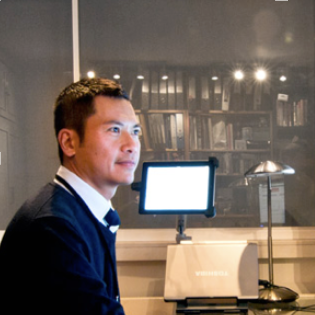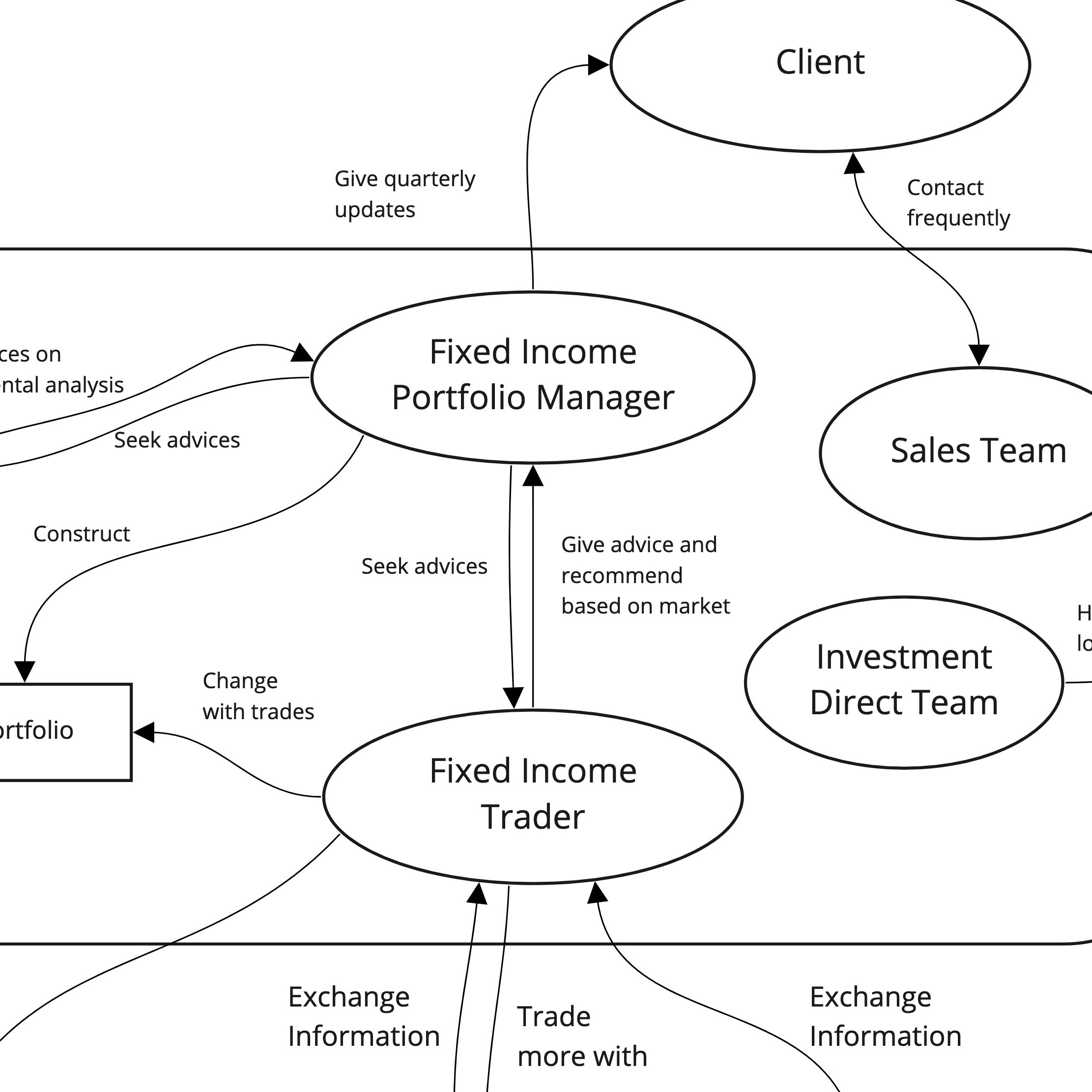Research
We needed to quickly onboard ourselves in the financial world to study traders and Liquidnet's product.
Our team had to understand traders well enough to design for them according to our project brief.









Our team narrowed our project focus based on our client's feedback and the research gathered. Future phases will focus on designing for Liquidnet's front-end and alerts system.
Based on the data provided by our clients and interviews onsite, we discovered that front-end interactions and Liquidnet's new 'alert stream' may be the best avenue to design for.